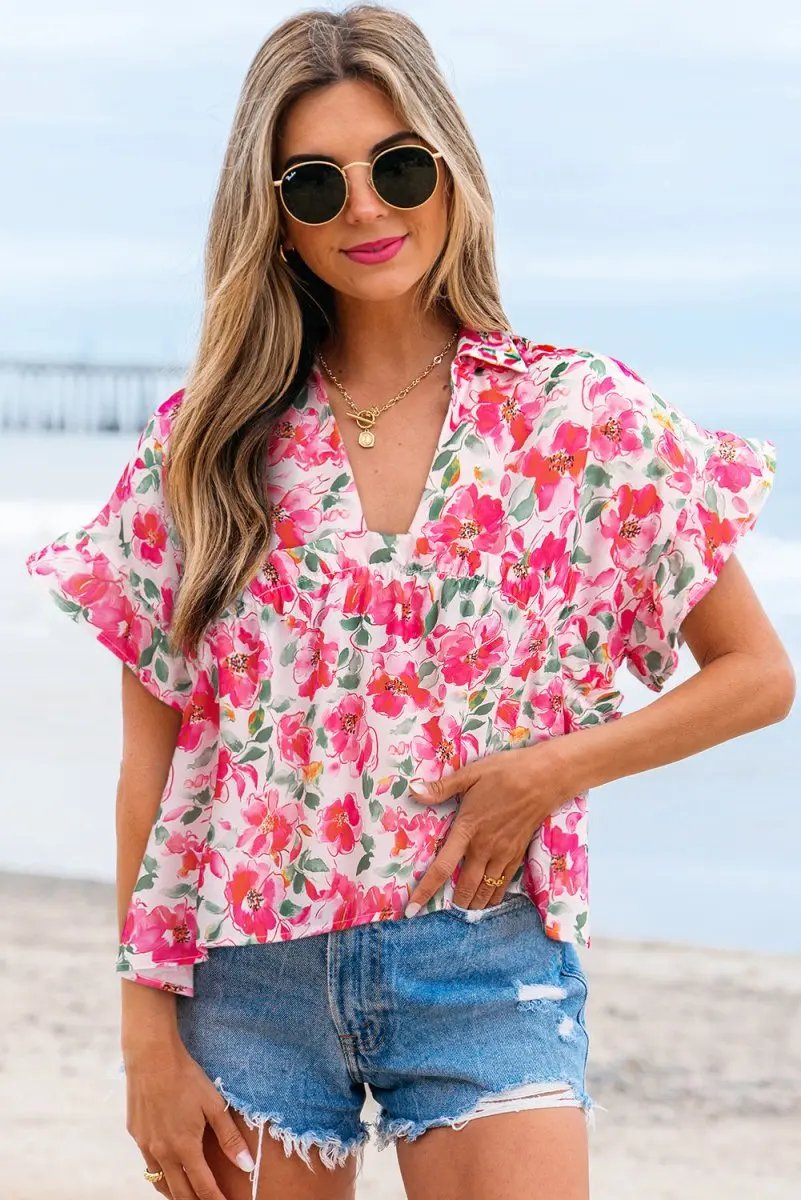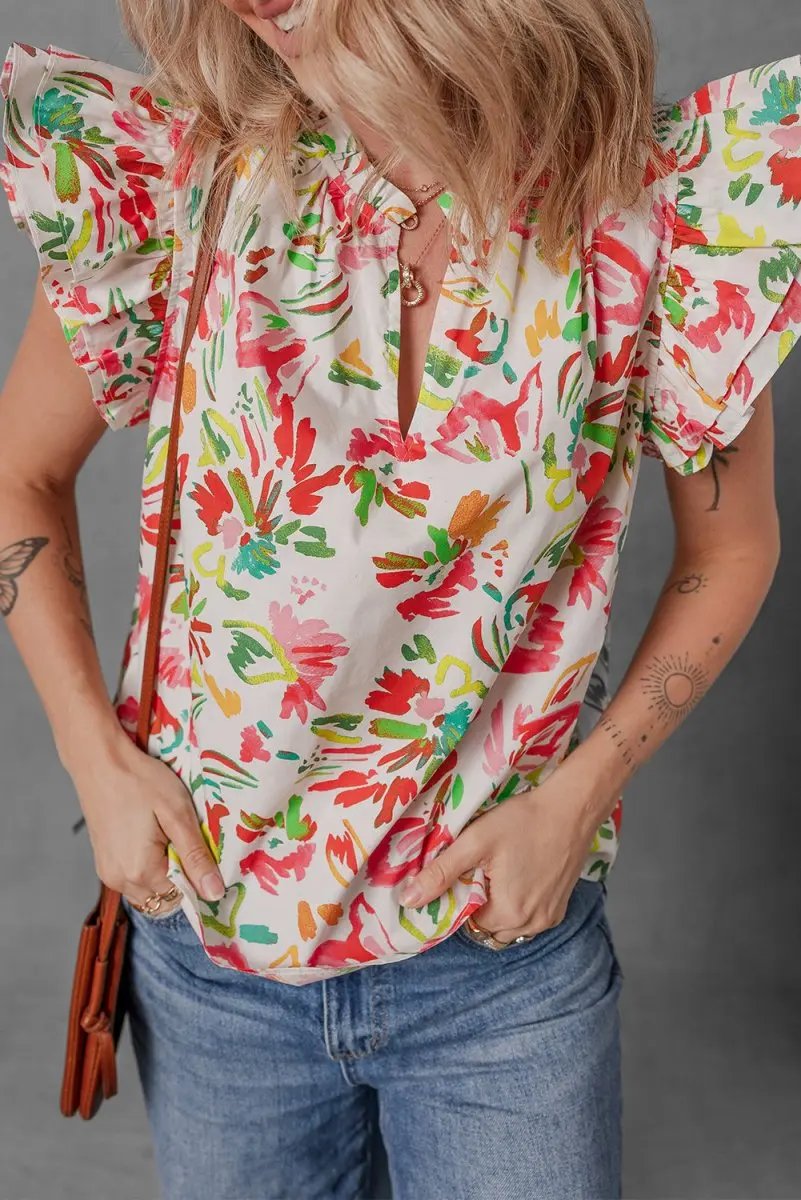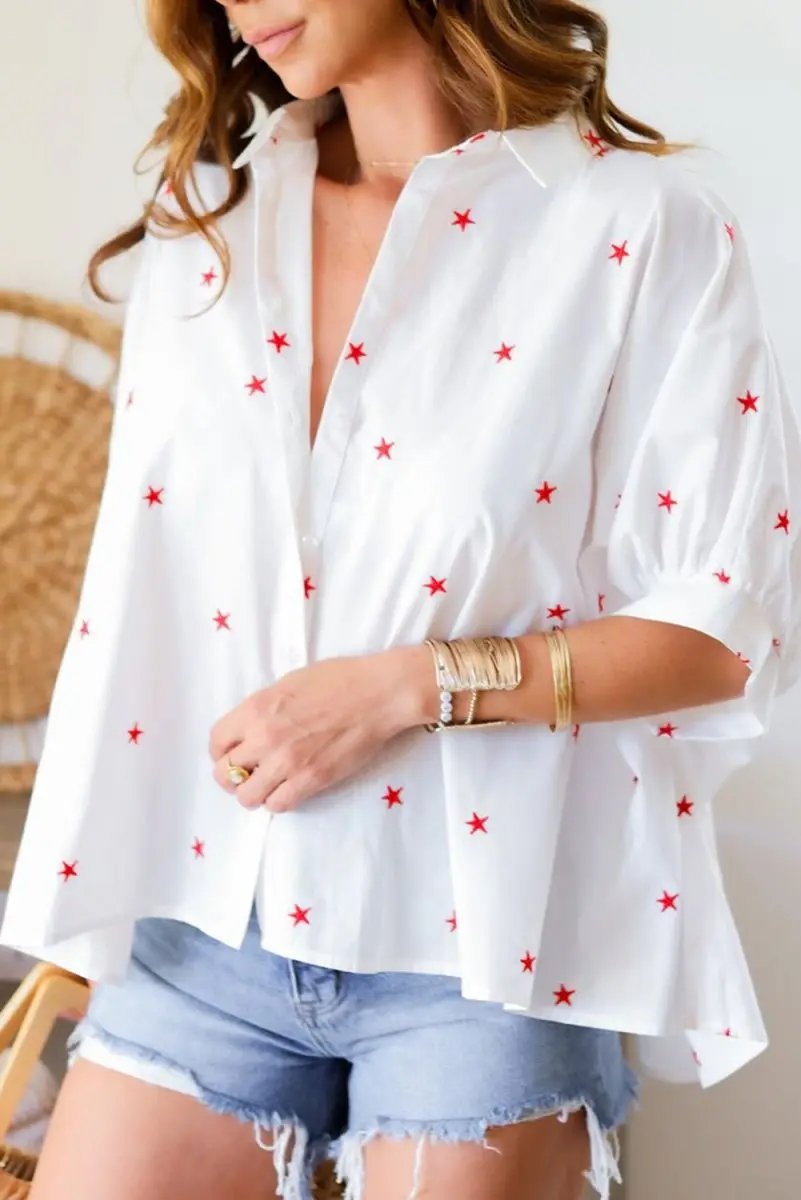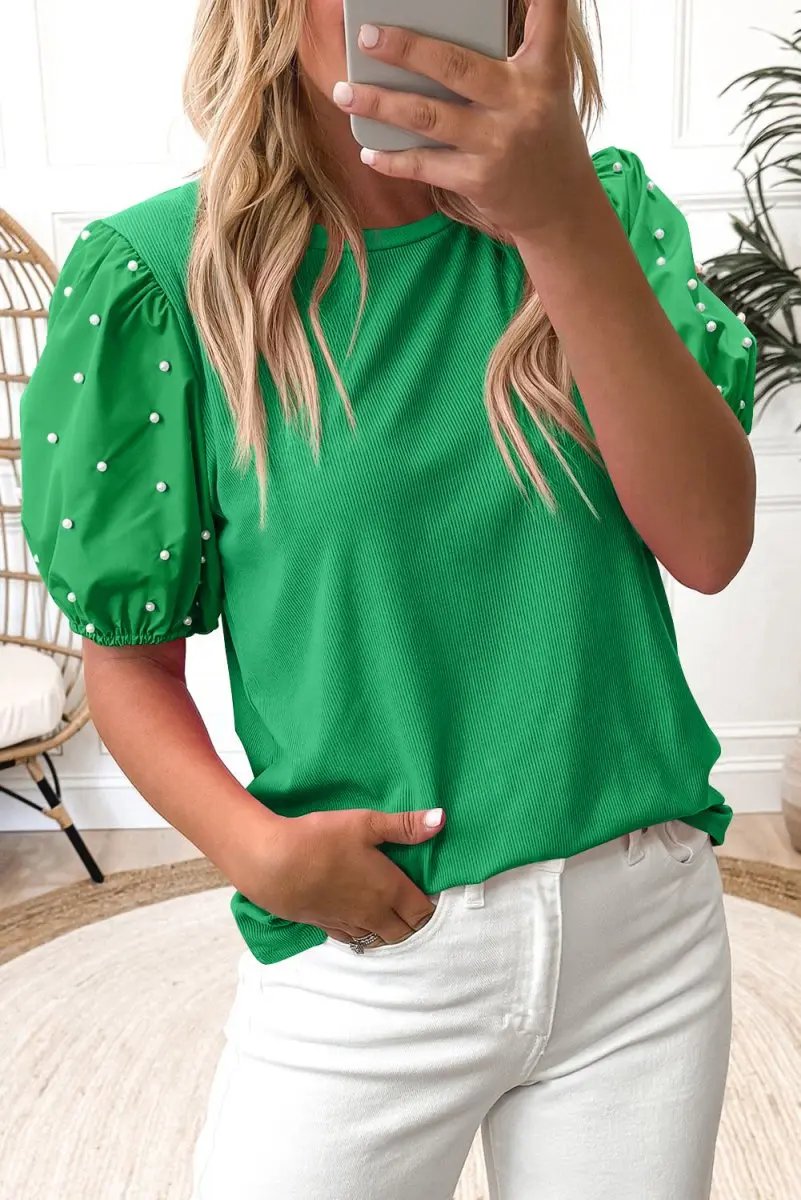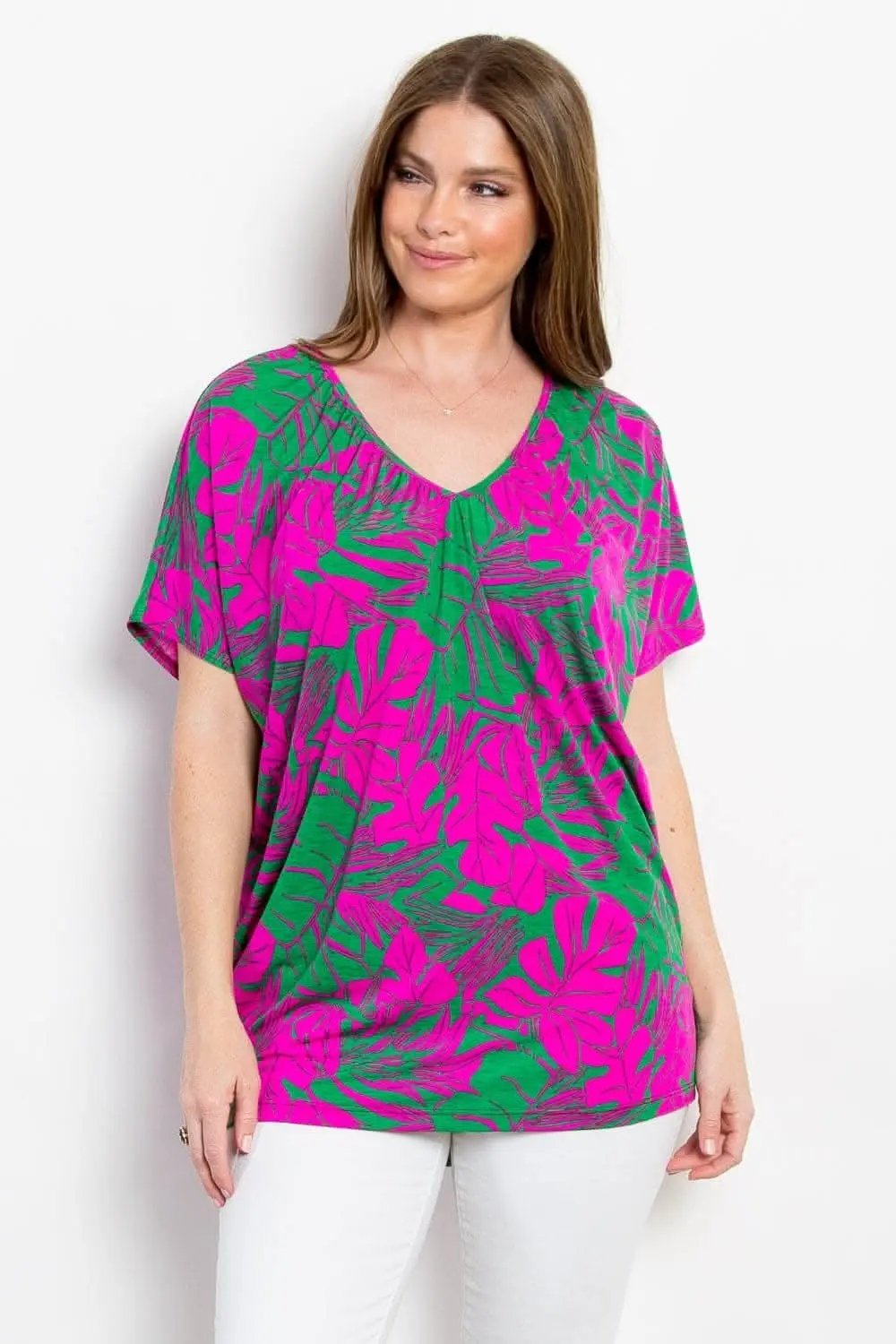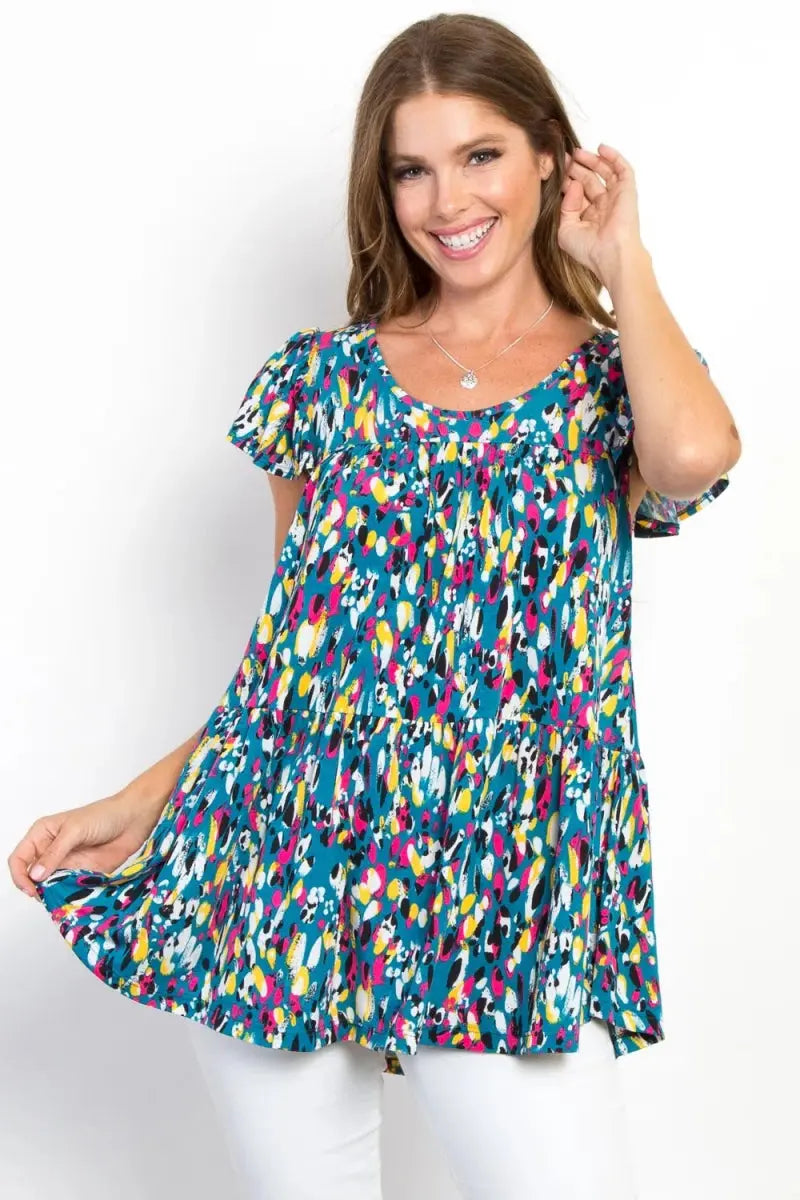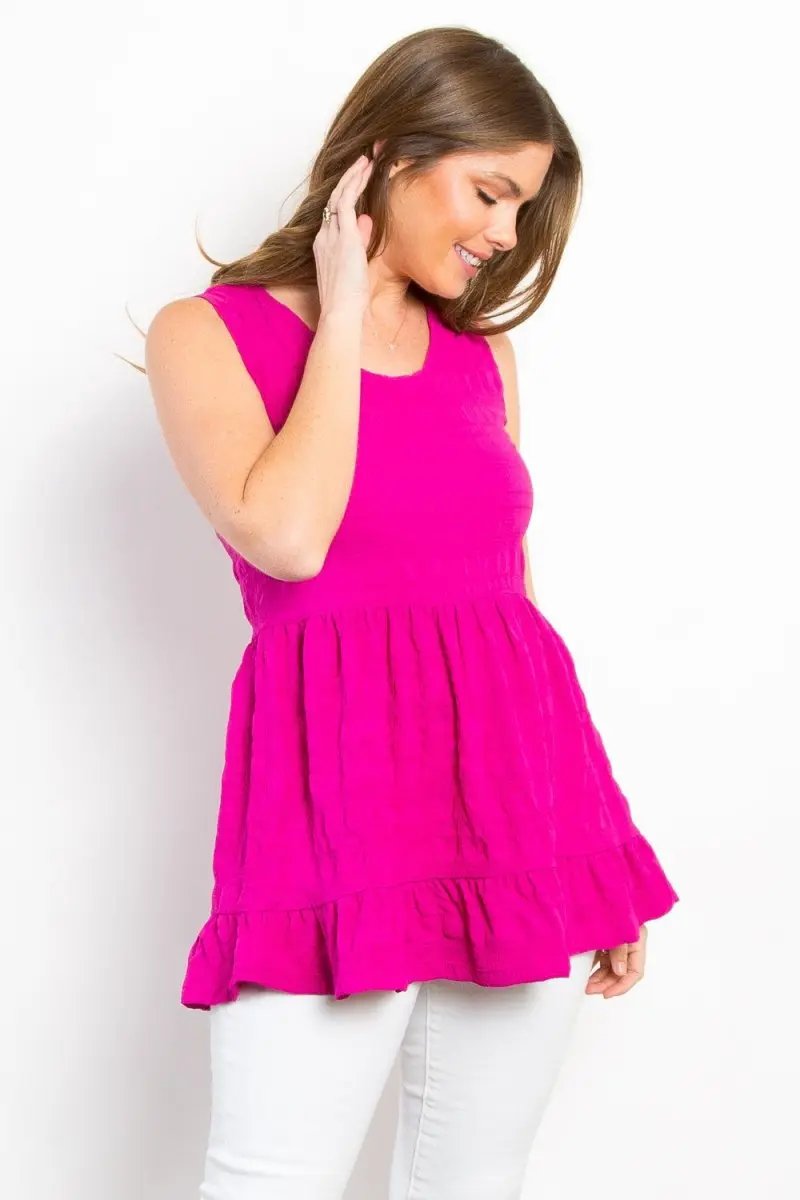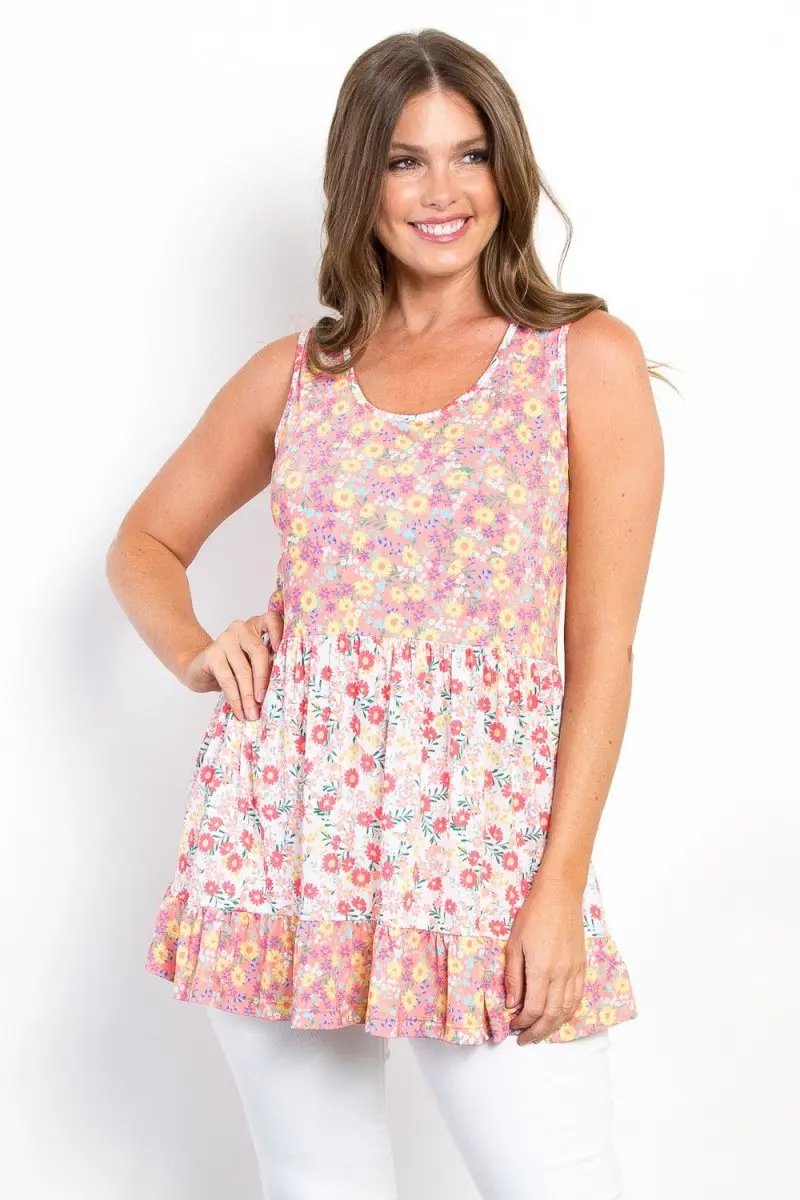Introduction
In recent years the fashion industry has begun to reckon with two simultaneous demands: better fit for a wider range of bodies, and more sustainable production practices. Flying Tomato sits at the intersection of these movements, offering fit-first design focused on plus-size bodies while prioritizing materials and manufacturing that reduce environmental impact. This long-form guide explores how Flying Tomato's sustainable fit solutions transform plus-size workwear and everyday pieces, why that transformation matters for consumers and businesses, and how you can make smarter wardrobe choices that last.
Why This Topic Matters Now
Consumers increasingly expect brands to deliver both inclusivity and sustainability. For plus-size shoppers, the historic lack of well-fitting options has contributed to distrust, high return rates, and a reliance on costly alterations or custom tailoring. At the same time, the apparel industry’s environmental footprint makes longevity and material choice a moral and practical priority. Combining size-inclusive fit with durable, low-impact fabrics addresses both issues: better-fitting garments encourage less consumption and more wear, while sustainable materials reduce upstream harm.
Understanding Fit-First Design: Not Just Bigger Patterns
Many brands attempt to cover plus sizes by grading a base pattern upward. Grading simply scales measurements, but it does not account for proportional changes in silhouette, movement, and tension on curves. Flying Tomato’s fit-first approach begins with bodies, not numbers.
- Patterning for curves: Patterns are drafted to match common shape relationships—bust to waist to hip ratios, shoulder slope, and torso length—rather than merely increasing circumferences.
- Multiple block fits: Instead of one standard block, multiple foundational blocks are used to reflect different body shapes (e.g., pear, hourglass, apple), improving first-fit success across a range of silhouettes.
- Wear testing on diverse bodies: Prototypes are tested by a range of models with different heights, torso lengths, and movement patterns to validate comfort and drape in real life.
Key Construction Techniques That Make a Difference
Beyond patterning, construction choices determine whether a garment looks and performs well on curves. Flying Tomato integrates techniques commonly found in bespoke tailoring into ready-to-wear pieces to preserve shape and comfort.
- Princess seams and curved panels: These shape garments vertically across the torso, preventing gaping and ensuring a smooth line.
- Contoured waistbands: Waistbands shaped to follow the natural curve reduce the tendency to dig or roll and improve pant/back rise fit.
- Partial linings and bias facings: These prevent cling and improve movement without adding bulk.
- Reinforced stress points: Pockets, belt loops, and zipper plackets are reinforced to avoid early failure on items that see frequent use.
- Hidden elastic and shirring: Used where comfort is essential (waists, side panels) to allow flexibility while keeping a tailored appearance.
Material Choices: Performance, Comfort, and Environmental Impact
Materials drive both fit behavior and sustainability outcomes. Flying Tomato curates fabrics to balance recovery (ability to return to original shape), drape, breathability, and ecological factors.
- Recycled fibers: Polyester and poly blends made from post-consumer waste reduce reliance on virgin petrochemicals.
- Certified organic or responsibly sourced natural fibers: Cotton and viscose with transparent supply chains minimize harmful inputs and land-use impacts.
- Performance blends: Fabrics that combine natural hand with recovery yarns (e.g., cotton-Lycra or Tencel with elastane) enable closer, flattering fits that hold up over time.
- Low-impact dyes and finishes: Water-saving dye techniques and reduced-chemical finishing processes limit pollution and energy use.
Choosing the right fabric for the intended use—structured suiting vs. everyday knit—ensures garments function and age well, reducing lifecycle emissions by increasing usable years.
Size Range and Grading Philosophy
Inclusive sizing is not just about extending the numeric range. Flying Tomato’s grading philosophy includes:
- Consistent proportion scaling across sizes to avoid distorted silhouettes.
- Offering multiple fits within the size range (e.g., curvy fit vs. straight fit) so customers can choose the best starting point for their proportions.
- Detailed size charts and fit notes that explain intended ease and whether to size up or down for layering.
Real-World Performance: Durability and Cost-Per-Wear
Durability is a sustainability metric often overlooked in mainstream conversations. A garment that lasts reduces the need for replacements and lowers embodied impact over its life. Cost-per-wear is a practical way to evaluate value.
Example cost-per-wear calculation (hypothetical):
- Garment A (fast-fashion top): $30 purchase price, worn 15 times before showing wear = $2.00 per wear.
- Garment B (Flying Tomato fit-first top): $80 purchase price, worn 200 times before replacement = $0.40 per wear.
When fit and construction extend usable life, higher upfront cost often translates into better environmental and financial outcomes.
Workwear That Works: Examples and Styling Guidance
Workwear demands a mix of formality and comfort. Here are ways Flying Tomato’s pieces solve common problems and styling tips for different workplace environments.
- Structured blazers: Look for curved princess seams, shoulder shaping, and partial lining. Pair with a fitted blouse or a drapey shell to maintain proportion without bulk.
- Tailored trousers: A contoured waistband and multiple rise options (mid vs. high) help avoid back gap and improve silhouette. For formal settings, choose a heavier suiting fabric with a dash of recovery yarn.
- Work dresses: A-line or wrap styles with defined waist panels and bias-cut skirts move with the body and reduce pulling across the waist and hips.
- Layering pieces: Lightweight knit shells and cardigans with longer hems and shoulder shaping prevent slippage and look polished when worn beneath blazers.
Everyday Pieces: Function, Comfort, and Versatility
Everyday clothing needs to be forgiving, breathable, and easy to style. Flying Tomato’s everyday pieces emphasize:
- Engineering jersey and ponte knits: These fabrics provide recovery and structure, allowing close fits without binding.
- Longer lengths and tunic hems: Additional coverage at the hem creates a flattering balance for many silhouettes and increases styling options.
- Adaptive details: Elements like adjustable hems, removable belts, and hidden elastic provide versatility across activities and body changes.
Seasonal Styling and Capsule Wardrobes
One of Flying Tomato’s strengths is designing pieces that integrate into cohesive capsules. Here are sample capsule suggestions for different needs.
Capsule: Professional 9-Piece Work Wardrobe
- Structured blazer (neutral)
- High-rise tailored trousers (matching or coordinating)
- Neutral drape blouse
- Bridge knit shell
- Wrap dress or sheath dress
- Mid-weight cardigan
- Comfort pumps or loafers
- Everyday tote
- Accessories: belt, scarf
Capsule: Casual Weekend 7-Piece
- Contoured waistband jeans
- Long-sleeve engineering jersey top
- Lightweight utility jacket
- Relaxed-fit knit dress
- Versatile sneaker
- Crossbody bag
- Layering scarf
Detailed Measurement Guide: How to Choose the Right Size
- Chest/Bust: Measure around the fullest part of the chest while wearing a well-fitting, non-padded bra. Keep the tape parallel to the floor.
- Waist: Measure at the narrowest point of your torso, typically above the belly button and below the rib cage. Avoid sucking in—stand natural.
- Hips: Measure around the fullest part of the hips and buttocks. This is often 7–9 inches below the natural waist but can vary.
- Torso length (for dresses and jumpsuits): From the top of the shoulder (near the base of the neck) down over the fullest part of the bust to where you want the garment to sit.
- Inseam (for pants): Measure from the crotch point down the inner leg to your desired hemline.
- Shoulder width: Measure across the back from shoulder point to shoulder point to select outerwear or structured tops.
Always check the brand's size chart and read product-specific fit notes. If between sizes, consider the intended ease: tighter styles may require sizing up; relaxed garments can stay true to measurements.
Alterations vs. Right-First-Fit: When to Mend and When to Buy Smarter
Even with excellent patterning, minor alterations can perfect fit. Flying Tomato reduces the need for alterations by improving base fit, but here are cost-effective tweaks:
- Shortening hems (sleeves or pant legs) — quick and inexpensive
- Taking in side seams at the waist for a sharper silhouette
- Adjusting sleeve width or length for better shoulder fit
- Replacing buttons or adding bra strap loops for improved wearability
Consider the alteration cost relative to the garment price and the expected wear life. For higher-quality pieces designed to last, professional alterations are often worth the investment.
Care and Maintenance Best Practices
Caring for pieces correctly preserves fit and fabric performance. Simple habits prolong life and maximize sustainability:
- Follow care labels strictly—machine wash cold and gentle when recommended, and avoid over-washing.
- Air dry knits and delicate fabrics to maintain elastane recovery; use low heat on more durable weaves sparingly.
- Store heavy knits folded to prevent shoulder stretching; hang structured jackets on broad, supportive hangers.
- Spot clean stains quickly to avoid full washes and damage to finishes.
- Use a fabric shaver for pilling on knits rather than discarding them.
Transparency, Certifications, and Supply Chain Considerations
Sustainability claims carry more weight when supported by transparency. Look for brands that disclose:
- Fabric origins and fiber content percentages
- Certifications like GOTS (for organic fibers), GRS (for recycled materials), and OEKO-TEX (harmful substance testing)
- Information on dye houses and finishing processes to verify low-impact treatments
- Factory partner standards and third-party audits covering labor and environmental practices
Flying Tomato’s commitment to traceability—when present—helps consumers make informed choices and supports accountability in the supply chain.
Retailer and Employer Adoption: Why Size-Inclusive Workwear Pays Off
Retailers and employers that prioritize size-inclusive sustainable workwear see tangible benefits:
- Lower return rates: Better first-fit reduces returns, a costly operational burden for e-commerce brands.
- Higher customer lifetime value: Shoppers return to brands that fit well and last longer.
- Inclusive workplace culture: Employers offering a wider range of uniform sizes support employee dignity and performance.
Comparing Options: What to Look For When You Shop
Use this checklist when evaluating plus-size workwear or everyday pieces:
- Does the brand offer detailed size charts and multiple fit options?
- Are stretch and recovery properties described and aligned with intended fit?
- Is fabric content clearly disclosed and does it include recycled or certified fibers?
- Are construction details—seams, reinforcement, linings—described or visible in product photos?
- Does the brand provide customer reviews and photos that indicate real-world fit?
- What is the return and alteration policy if the fit isn’t perfect?
FAQs: Common Questions About Plus-Size Sustainable Workwear
Does sustainable mean less durable?
No. Many sustainable fibers and low-impact processes are designed for durability. Choosing recycled polyester or performance blends with strong recovery yarns often increases longevity compared to some unblended natural fabrics.
How do I know if a piece will hold its shape?
Check for elastane or other recovery yarns in the fabric composition. Look for construction details like reinforced seams, facings, and linings. Customer reviews that mention sagging or loss of shape offer practical evidence.
Are alterations still necessary?
Sometimes. While fit-first design reduces the need, alterations for personal preference or specific proportion differences (e.g., shorter torso, long rise) can refine the fit.
How can I evaluate the true environmental impact?
Consider product lifecycle: fiber sourcing, manufacturing transparency, transport, and expected wear life. Brands that provide lifecycle data or quantify reduced water/chemical use offer stronger sustainability signals.
Customer Experience: Anecdotes and Common Outcomes
While individual experiences vary, customers often report:
- Improved confidence in professional settings due to better-fitting blazers and trousers.
- Reduced alteration costs thanks to improved base fits and multiple rise options.
- Greater satisfaction with knit pieces that retain shape through repeated wear and washing.
These qualitative outcomes contribute directly to reduced wardrobe churn and a lower environmental footprint.
How Brands Like Flying Tomato Drive Broader Change
When brands commit to both fit and sustainability, they influence suppliers, consumers, and competitors. Key levers include:
- Demand for sustainable fibers at scale, encouraging mills to innovate
- Investment in fit research and body scanning technology to improve pattern drafting across the industry
- Setting consumer expectations for transparency and durability, prompting other brands to follow
Practical Next Steps for Shoppers
If you want to build a more sustainable, well-fitting wardrobe, start with these actions:
- Audit your current wardrobe: note pieces you reach for most and which are ill-fitting or damaged.
- Prioritize replacements for high-use items with fit-first, durable alternatives (e.g., blazers, trousers, core knit tops).
- Invest in a small set of alterations for pieces you plan to keep long-term.
- Follow care guidelines to extend garment life and reduce the need for replacements.
- Support brands that publish sourcing details and third-party certifications.
Conclusion: Fit, Function, and Future
Flying Tomato’s sustainable fit solutions illustrate a pragmatic path forward for plus-size workwear and everyday clothing: treat bodies as the starting point for design, choose materials that last, and build construction practices that preserve shape and comfort. The result is a wardrobe that supports confidence, reduces waste, and offers measurable value across cost-per-wear and environmental impact metrics.
As consumers, employers, and retailers raise expectations for inclusivity and sustainability, brands that get fit right for every curve—and do so responsibly—will lead the next wave of meaningful change in fashion. When you choose garments designed and constructed with both people and the planet in mind, you invest in clothing that works harder, longer, and kinder.
Call to Action
Ready to try fit-first plus-size pieces? Start by reviewing Flying Tomato’s size guides, read product-specific fit notes, and select one high-use workwear or everyday piece to evaluate cost-per-wear over time. Small decisions—better fit, better fabrics, better care—add up to a more sustainable and confident wardrobe.

